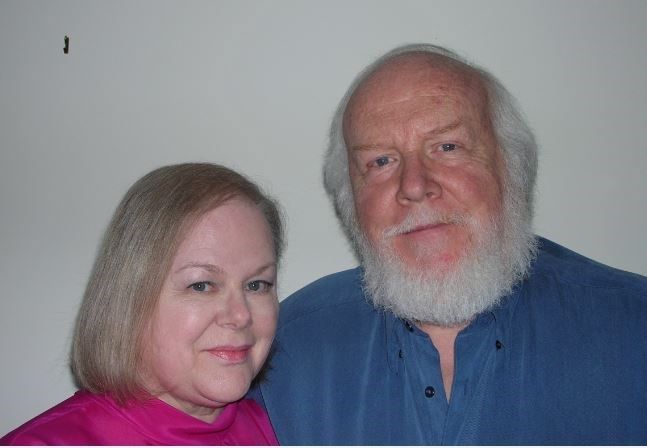The recent announcement regarding a new bridge at New Westminster prompted much thought about other earlier announcements that have also taken place on this city’s waterfront.
It pays to remember, when thinking back in this manner, that the line of the docks on the waterfront has changed a great deal. Some gatherings were on the wharves built out into the river, while others were at the actual shoreline very close to the rail line, the old line of Front Street, and the actual river’s edge.
In terms of river crossings, there would have been gatherings to announce the operation of the couple of simple ferry boats that carried “traffic” (wagons, livestock, cargo, and people) between New Westminster and Surrey from the 1880s to the early 1900s.
In the early 1900s, the first of what we might consider major decisions regarding the river and crossings was announced, pointing to the double-decked structure we now refer to as the old rail bridge, then the New Westminster Bridge, which began service in 1904.
It has provided road and rail crossing of the Fraser since that time, although the road aspect was replaced in the 1930s by today’s Pattullo Bridge.
There most certainly would have been public announcements at that time to discuss the new modern structure that would connect both sides of the Fraser. It would link the rapidly expanding highway system of the time in joining B.C. to the U.S. through the border into Washington State and, for those south of the line, north to the Lower Mainland and Vancouver.
The last crossing announcement near this same location on the local waterfront prior to the most recent one would have been for SkyBridge and the linking of the SkyTrain system into Surrey.
At that point, there would be three crossings in view with memories of the two earlier ferries passing quietly underneath.
Another major public announcement to take place on the waterfront was the formal marking of the harbour facilities and system when the mayor of the day, Wells Gray, started everything off by opening up the steam to a pile driver that hammered in the first of many thousands of piles.
So much over the history of this city has taken place with a river connection of some sort.
From the earliest docking improvements to wharf expansions, from industries to ship handling facilities, from operations areas for government vessels such as the Samson V and the Essington, from public amenities to massive housing initiatives, right up to the present day, gatherings and “ribbon cuttings” have met on the waterfront to introduce a project to come. Just last week the latest of these took place.
And now, like many, many times in the past, we get ready to watch it happen; to take photos as things start to change; to watch history unfold one more time. And to say in later years: I saw it happen.



